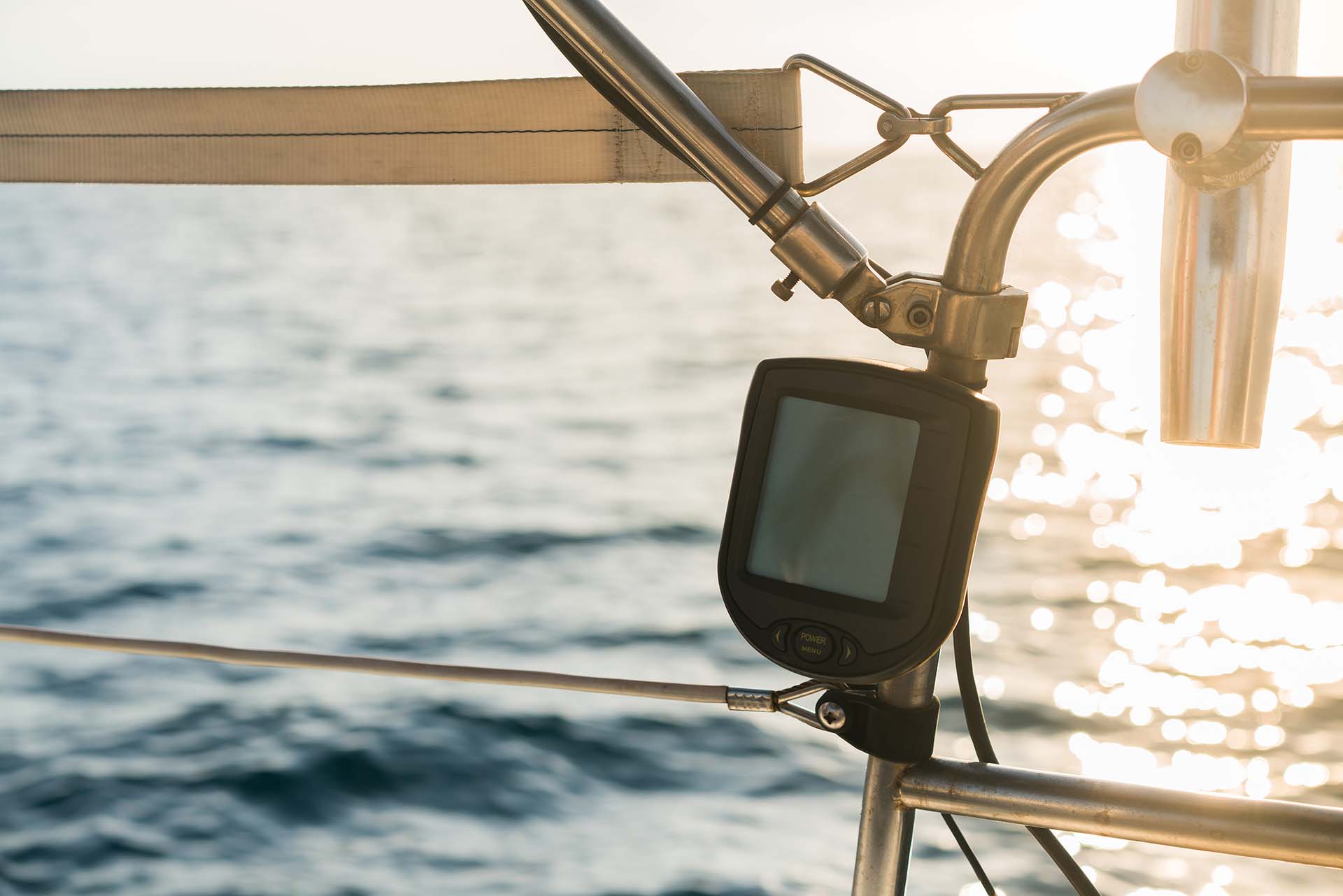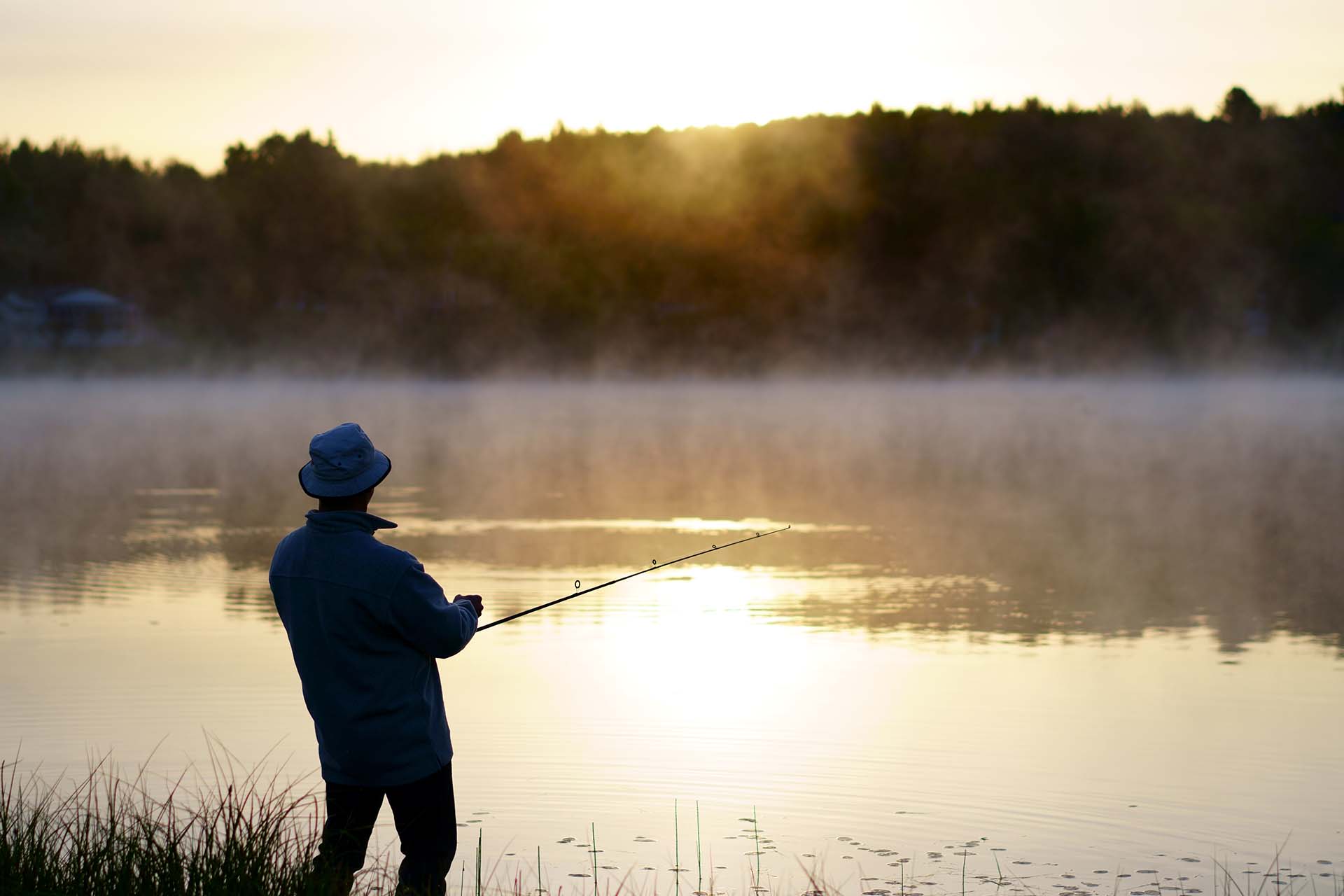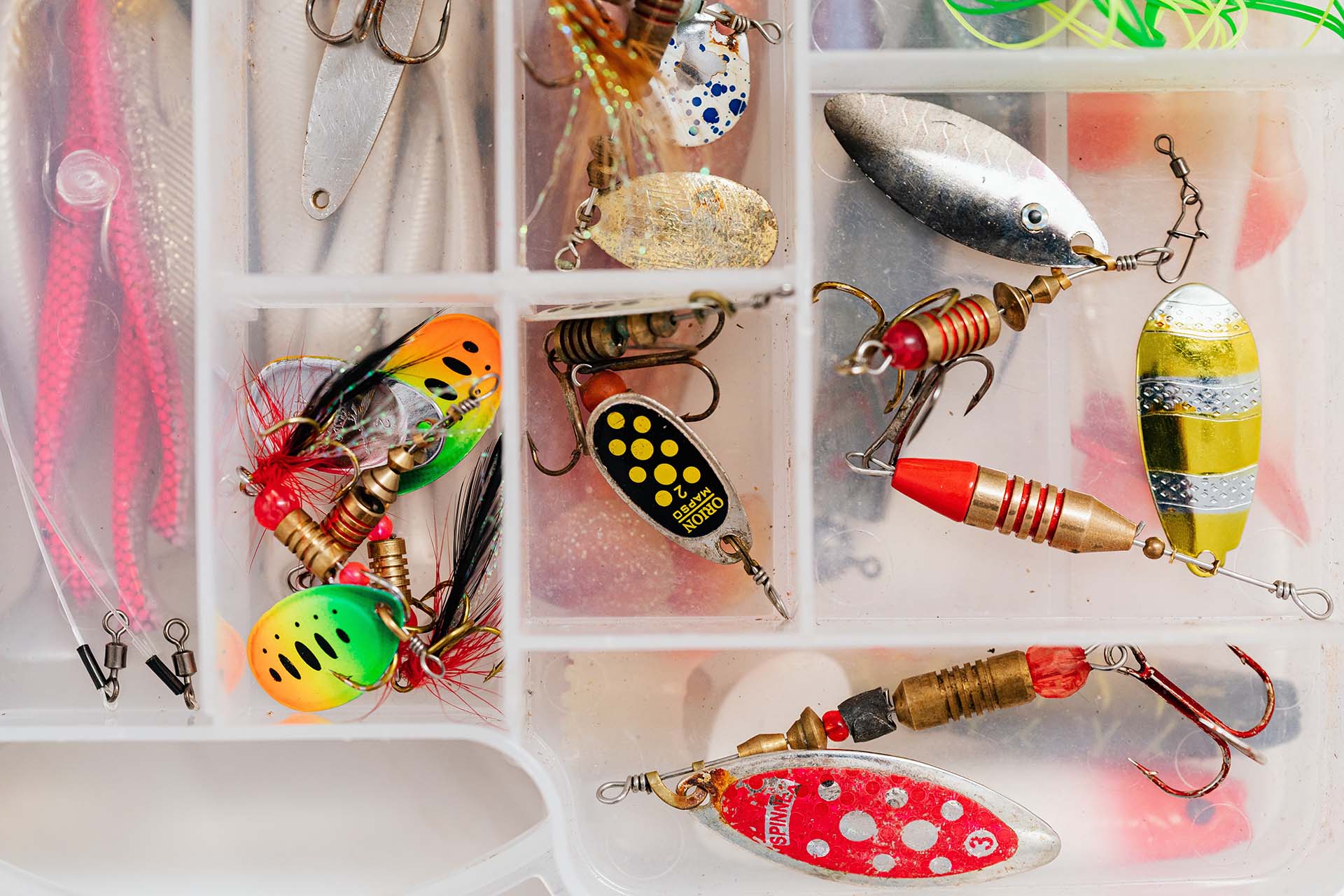Every angler is well acquainted with the dance of anticipation and uncertainty that precedes every outing. Those hopeful pauses between each cast can leave you wondering – where are the crappie biting? Or an even bigger mystery – why are the crappie not biting? While many factors play into this whole ordeal, let’s try to unravel a big chunk of it and prepare you for a successful season.
Crappies are commonly found in North American freshwater bodies, including lakes, ponds, and rivers. Black crappies thrive in clear waters with abundant vegetation, while white ones prefer murkier waters. They have seasonal movements, frequenting the shallows during spring, suspending a bit deeper in summer, and reaching bottom areas in winter.
Where Are the Crappie Biting Today – Understanding the Behavior of This Species Will Help You Figure It Out
Each fish species, including the elusive crappie, weaves its narrative of behaviors, preferences, and favorite hiding spots. Therefore, the first step in transforming the question marks hanging in the air into a successful outing is to take time and research your target.
Crappie’s Preferred Habitats
This fascinating creature is a frequent dweller of the freshwater environments in North America, including lakes, ponds, and rivers. The waters are especially abundant in the southwest, where the two main species of this family – the white and black crappie – are present in large numbers. The former prefers murky waters with less vegetation, while the latter usually dwells in clear waters with lots of underwater structures.
Seasonal Movements of Crappie
Like any other aquatic creature, they move through seasonal patterns influenced by the changing moods of nature. Here are their usual seasonal rhythms:
- Spring – they venture into the shallows, commencing their spawning season in the tender embrace of spring’s warmth,
- Summer – this fish finds solace in the thermocline, a layer between the warmer surface level and the colder depths,
- Fall – amidst the turning tides, they are seeking refuge in more stable waters and commencing a feeding frenzy in preparation for the colder months,
- Winter – they retreat into the depths, close to the bottom, in locations with lots of vegetation.

Use Tools to Help Locate Active Crappie Spots
Knowing the elusive crappie’s patterns and behaviors is a good start, but finding their exact hiding spots can still feel like searching for a needle in a haystack. However, we’re not left to our own devices – or rather, we are, but in the best way possible. There’s a treasure trove of modern technology, from fish finders to apps, designed to unravel the mysteries of the deep.
Fish Finders and Depth Sounders Can Be Great Helping Hands
There are two invaluable devices that can answer the question – where are crappie biting in the lakes and rivers? First, there’s the fishfinder, a specialized sonar device that scans the underwater realm, unveiling the hiding spots of your target with precision. It paints a clear picture of not just the fish but also the underwater structures they might be lurking around.
Depth sounders, on the other hand, delve into the profound depths. Therefore, they are crucial if you’re willing to try your luck at landing crappies during winter. This device will map out the underwater topography and offer insights into the hidden recesses where your target might be biding its time.
There Are Plenty of Apps and Websites for Finding Recent Catches
The digital age extends its touch into the world of angling, offering a myriad of online resources. Forums teem with insights, sharing recent catches and favorite spots, and chances are you’ll be able to find some that are based on your particular location.
Yet, the crowning jewels, in my personal opinion, are the apps designed to transform the solitary angler into part of a community of fellow enthusiasts. Here are some you should definitely check out:
- ANGLR – great for logging your outings, as it automatically records your route and weather conditions,
- FishAngler – also for recording catches, as well as providing accurate mapping and weather forecasts,
- FishBrain – this is the largest fishing social network out there, with millions of active users,
- Fishidy – stands out from the crowd because it has one of the largest databases of both freshwater and saltwater environments,
- FishTrack – provides advanced information such as surface temperature, bathymetric data, and weather predictions.

Patience Is Key – Wait for the Signs That Crappies Are Present and Biting
When it comes to any fishing technique, patience isn’t just a virtue – it’s the heartbeat of every successful catch. While tools and technology have their place, there’s an age-old wisdom in the subtle signs that are written in the waters and the skies.
Carefully Observe Surface Activity
Ripples, disturbances, and sudden splashes should be your guiding lights, especially during the spring season when crappies venture into the shallow waters. They often indicate fish activity and can help you pinpoint exact locations. After all, it’s all about observing and interpreting these visible cues to know where and when to cast.
Birdwatching Can Also Help – Look for Places Where Birds Are Diving or Feeding On Small Fish
Birds can be your eyes in the sky. Watch where they dive or where they’re actively feeding – it’s a good bet crappies aren’t too far away. It’s a simple yet effective method to get insights into potential fish hotspots without wetting a line.

Select the Right Gear and Bait
You can have all the knowledge in the world about this fascinating fish species, but if you don’t have the right equipment, you can only dream of a successful catch. Your weaponry of fishing rods, reels, and lines, complemented with the most enticing baits, can transform a day of hopeful casting into a session of triumphant catches.
Best Rods, Reels, and Lines for Crappie Fishing
A 7-foot fast-action rod often proved to be a reliable companion in the quest for crappies, offering the right balance of sensitivity and strength. Pair it with a top-tier spinning reel, and you’ve got a combo that’s ready to tackle any challenge that comes your way. Here are my personal favorites:
- Croix Rods Avid Panfish Fishing Rod – it might be designed for small panfish, but it’s excellent for crappies as well,
- Ugly Stik Elite Spinning Fishing Rod – constructed from a high-quality fiberglass and graphite mix, this capable piece can handle anything you throw its way,
- Pflueger President Spinning Reel and Rod Combo – a great 2-in-1 deal if you don’t want to scratch your head wondering which fishing reel to use.
When it comes to lines, fluorocarbon steals the spotlight. It’s revered for its low visibility underwater and impressive sensitivity. Crappies, known for their wariness, are less likely to be spooked, and each nibble will be transmitted with clarity. I personally recommend the Berkley Trilene Clear Fluorocarbon Line – it’s truly one of the best in the game.
Popular Lures and Live Baits for Enticing Crappie
This fish species has a penchant for a variety of baits. Live minnows top the list, their natural movements in the water proving irresistible. When it comes to artificial lures, crankbaits and plastic jigs armed with lead jig heads are proven warriors. The vivid, contrasting colors of crankbaits draw attention in various water conditions, making them a go-to for many anglers.

Be Mindful of Safety and Ethics in Crappie Fishing
In the silent dance between anglers and crappies, respect for your fellow fishermen and the fish themselves anchors the whole experience. Popular spots can sometimes draw crowds, yet the unwritten rule is to give space, allowing each angler the serenity and freedom to engage with the waters.
Also, the importance of catch and release, especially during the spawning season, can’t be highlighted enough. After all, this is a truly magnificent creature – why not do your part in preserving it for generations to come?

Check Out Local Resources and Reach Out to Communities
The tech-savvy angler has plenty of resources at their disposal, but there’s an irreplaceable value in the human touch. Local fishing communities and clubs are wellsprings of insights, tips, and shared experiences, and you’ll probably pick up plenty of angling slang on the way, too. Also, attending seminars or workshops in your area can be a great way to become part of a collective, where each cast and catch is a shared triumph.
It’s Time to Get Out There Now That You’re Armed With Valuable Insights
Hunting crappies can be as rewarding as it is elusive – it’s an experience where patience, skill, and plenty of knowledge converge. Understanding the behavior of these fascinating creatures, as well as equipping yourself with the right gear, will transform any uncertainties into masterful catches. At the end of the day, every cast is a chance to learn, and every catch is a story of triumph. Good luck!
FAQ
How Do Weather Conditions Affect Crappie Biting Patterns?
On warm, overcast days, they are notably more active, making it an opportune time for anglers. Conversely, during a sudden cold front or drastic weather changes, they tend to become less active, retreating to deeper waters or sheltered areas to stay comfortable.
What Time of Day Is Best for Crappie Fishing?
The best times to target these fish are generally early in the morning and late in the afternoon to evening. During these windows, they are most active, often venturing closer to the water’s surface and the shallows to feed. This increased activity is attributed to the lower light conditions, which make them feel safer from predators while they hunt for prey.
Are There Any Specific Moon Phases That Affect Crappie Activity?
The full moon and new moon phases are particularly noted for an uptick in their activity. Under the enhanced night-time illumination of these moon phases, they feed more vigorously. This nocturnal behavior is primarily because the additional light makes it easier for them to spot and catch prey.
How Do I Distinguish a Crappie Bite From Other Species?
Recognizing the bite of these fish requires a keen sense of subtle, quick sensations. This distinct feeling is a key indicator and differentiates their bites from those of other fish species. Anglers adept at identifying this unique bite can enhance their success rates, making each fishing excursion more fruitful.
Are There Regulations on the Size or Number of Crappies I Can Keep?
The regulations put forward regarding crappie fishing vary from region to region. These rules often specify the minimum size that can be kept and the daily bag limit per angler. It’s essential for anglers to familiarize themselves with these regulations to ensure legal and ethical fishing practices.







